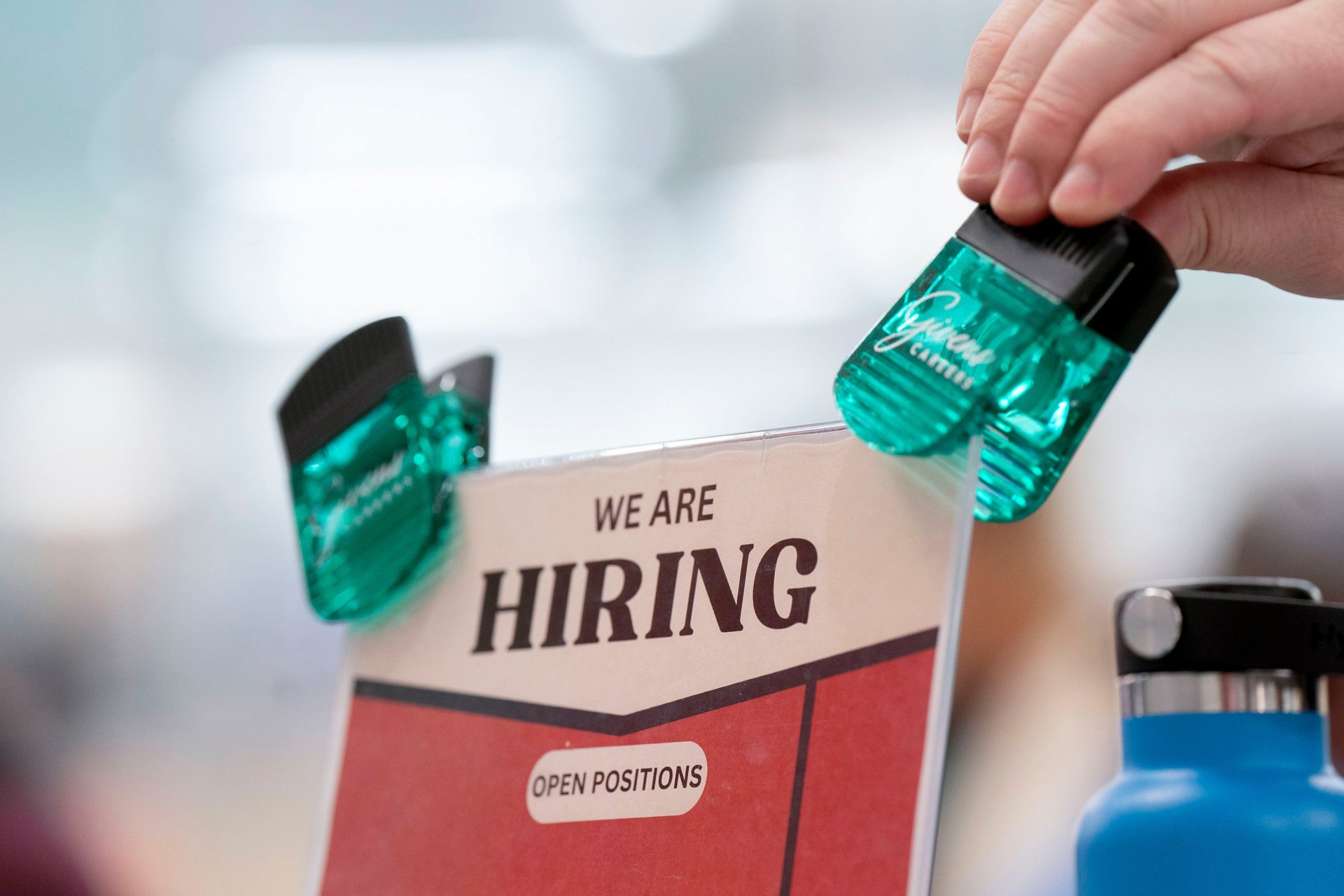U.S. job creation smashed expectations to end 2024
The Federal Reserve is expecting lower employment and higher inflation for this year

The last jobs report of 2024 showed the labor market in good shape after the Federal Reserve warned of a more cautious approach to interest rate cuts this year.
Suggested Reading
Nonfarm payrolls climbed 256,000 in December, according to data from the Bureau of Labor Statistics (BLS) released Friday. That blew past Wall Street’s expected 153,000 jobs for the month, per estimates compiled by FactSet (FDS).
Related Content
Unemployment held steady at 4.1%, down 0.1 percentage point from a month prior and below analysts’ projections.
The BLS said it upwardly revised job creation figures for October by 7,000, to 43,000 from 36,000. For November, the agency downwardly revised payrolls by 15,000, from 227,000 to 212,000. With the revisions, employment in October and November combined is 8,000 lower than was previously reported.
Stronger-than-expected jobs figures could give the Fed further incentive to slow the pace of interest rate cuts this year, as it balances both inflation and the health of labor market.
Paul Stanley, chief investment officer, Granite Bay Wealth Management, said the latest jobs figures suggest the Fed “can afford to be patient in 2025" after carrying out a total percentage point cut in the last four months of 2024.
“Friday’s jobs report showed that hiring ended 2024 very robustly, which is supportive of the higher for longer narrative on interest rates, since the labor market is not being negatively affected by nearly 3-years of elevated interest rates,” said Stanley.
Last month, the Federal Open Market Committee carried out its third consecutive reduction of the federal funds rate of the year. The central bank’s decision making arm voted to lower the benchmark interest rate by a quarter point, to 4.25%-4.50%.
In its updated Summary of Economic Projections, however, Fed officials indicated that they may carry out just two more reductions to the federal funds rate in 2025, given 25-basis-point cuts.
“As for additional cuts, we’re going to be looking for further progress on inflation as well as continued strength in the labor market,” Fed Chair Jerome Powell said in a press conference following the decision. “And as long as the economy and the labor market are solid, we can be cautious as we consider further cuts.”
When the Fed began its rate cutting campaign in September, it put inflation on the back burner as concerns about a declining labor market took center stage. In the following months, however, attention shifted back to inflation after a series of slightly hotter-than-expected price growth readings.
Central bank officials expect both core and headline PCE inflation to tick down slightly to 2.5% by the end of this year, still considerably above the Fed’s 2% target level.
Measures of December inflation, including the Fed’s preferred personal consumption expenditures index (PCE), are set to be published later this month.